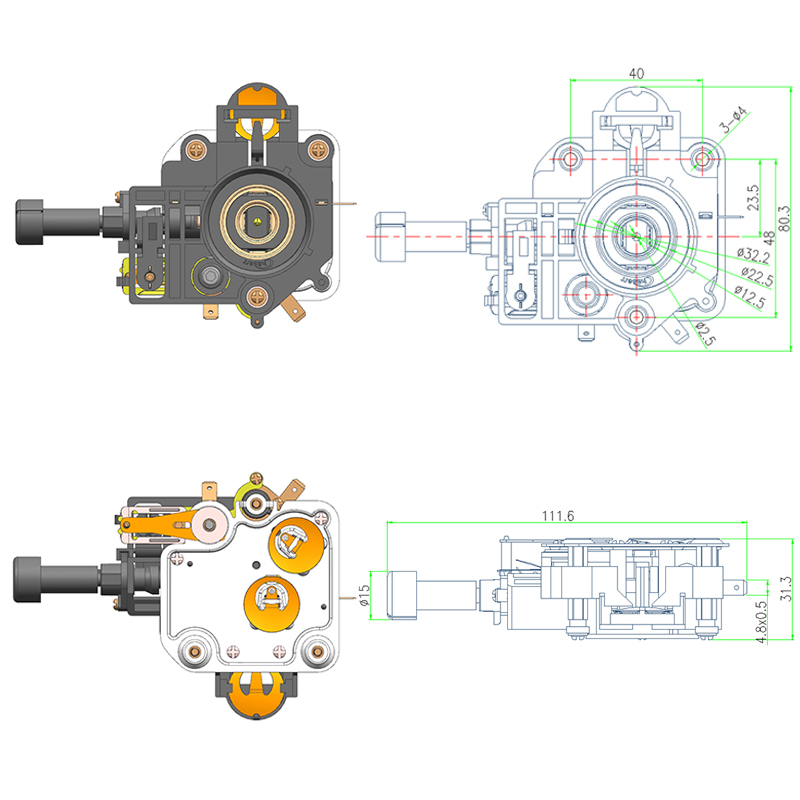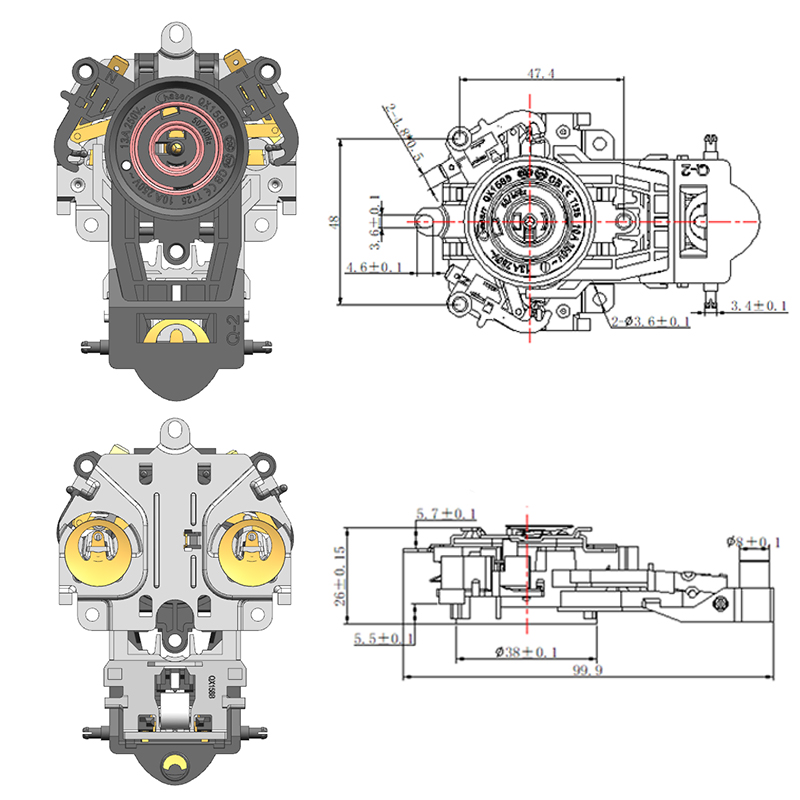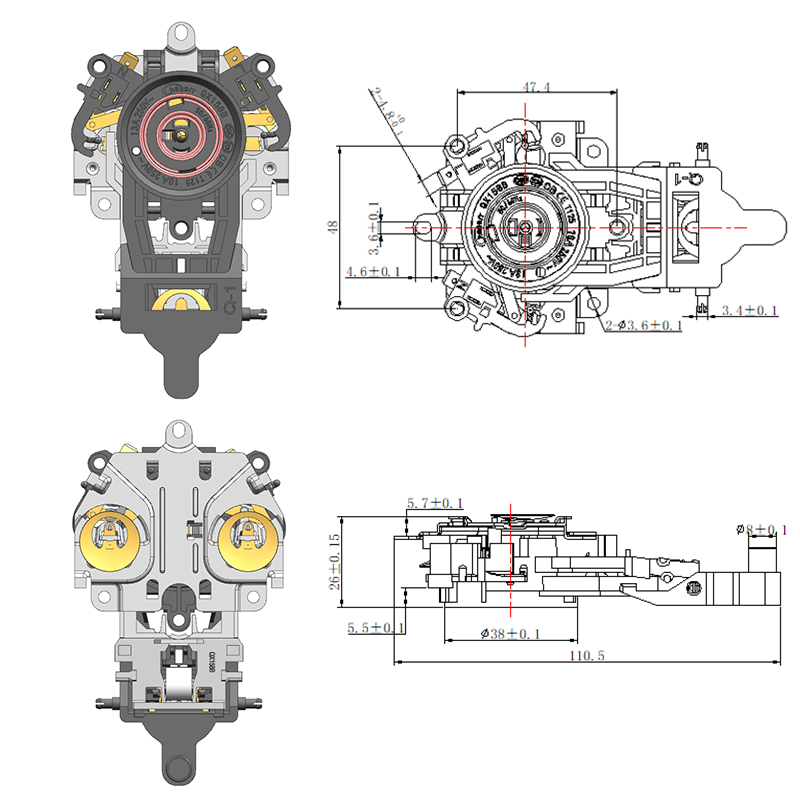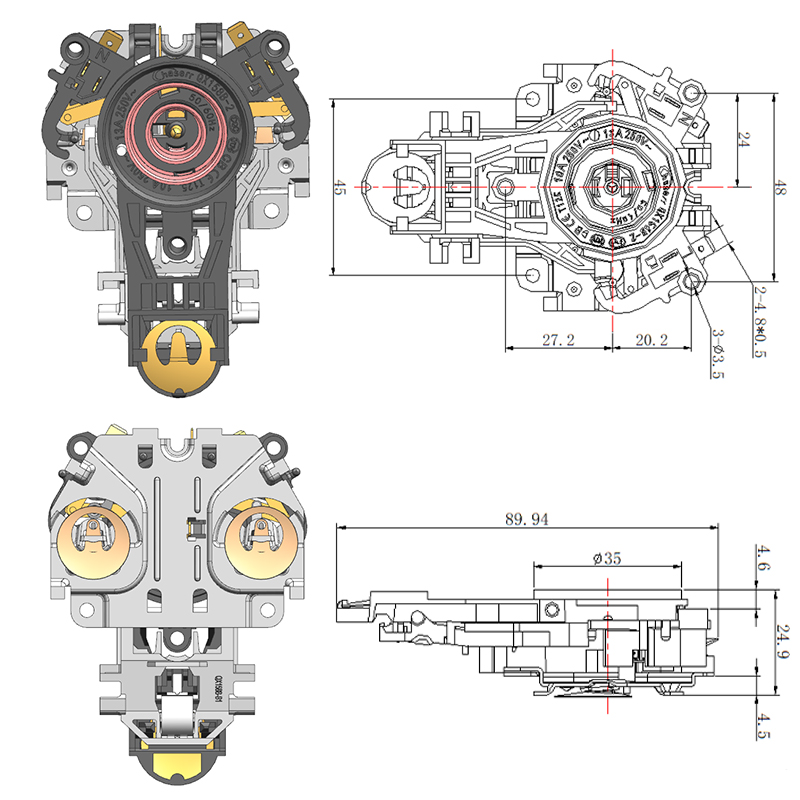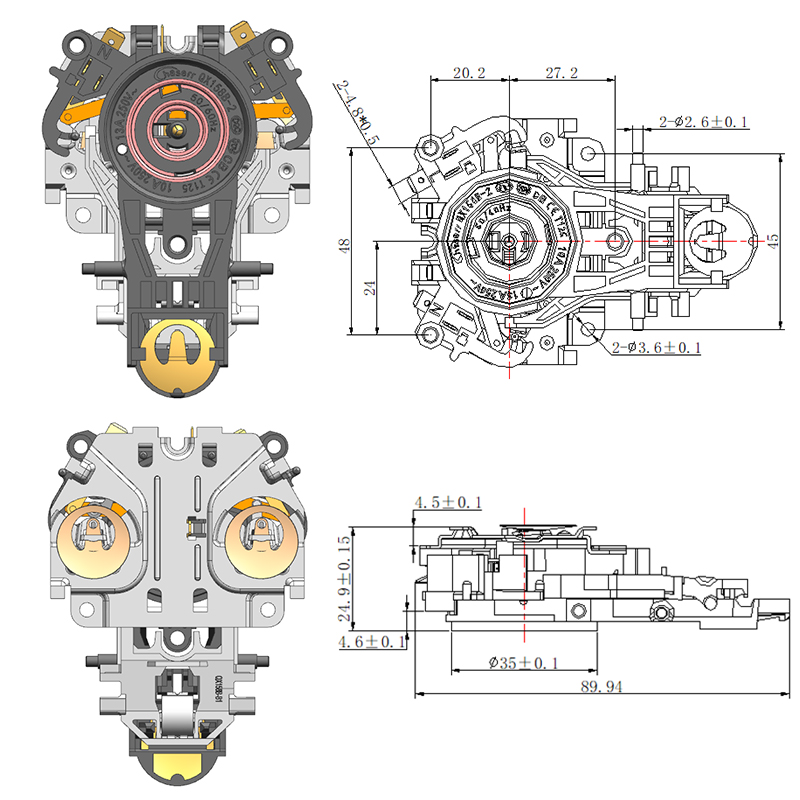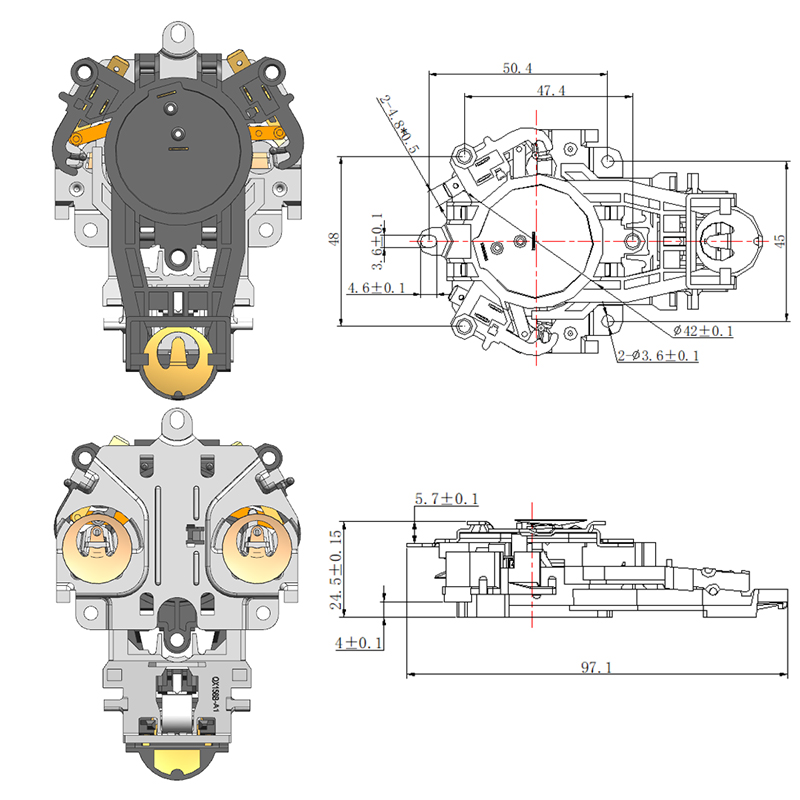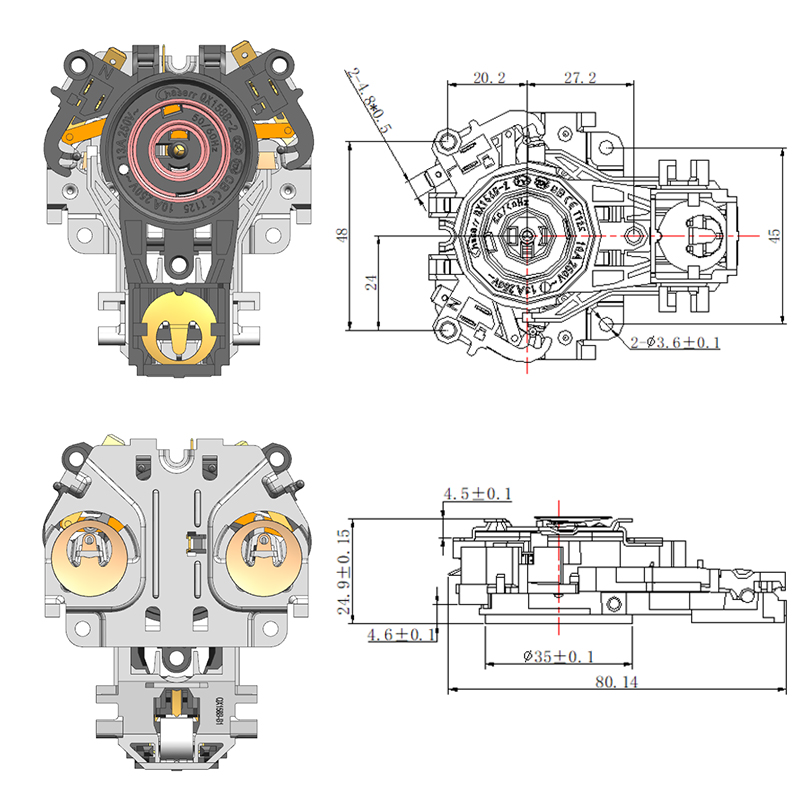Exploring the Role of Heating Elements in Electric Kettles
The Functionality of Electric Kettle Heating Elements
At the heart of any electric kettle is the Electric Kettle Heating Element, responsible for converting electrical energy into thermal energy. Most commonly located at the bottom of the kettle, this element can be either exposed or concealed under a flat metal plate. The material composition of the heating element—often nickel-chromium alloys or stainless steel—ensures rapid heating and long-term durability. When the kettle is turned on, electricity flows through the component, generating resistance that produces heat. This heat is then transferred to the water above, quickly raising its temperature to the boiling point. Because of the direct contact between the element and the kettle's base, energy is transferred efficiently, making the process much faster than stovetop boiling methods. The speed and reliability of the heating element are key reasons why electric kettles are favored in households and workplaces alike.
The Supportive Role of the Automatic Water Kettle Base
While the heating element is responsible for boiling the water, the Automatic Water Kettle Base adds significant value to the user experience. This component serves as the kettle's docking station, connecting it to the power supply. One of the important functions of the base is ensuring that electricity is only supplied when the kettle is securely placed on it. This safety feature prevents accidental activation and reduces the risk of electrical hazards. Additionally, the design of the automatic base often includes a 360-degree swivel, allowing the kettle to be positioned from any direction, which is especially useful for both right-handed and left-handed users. In many modern kettles, the base also houses additional features such as indicator lights, cord storage, and sometimes even programmable settings, enhancing the kettle's overall functionality without interfering with the core role of the Electric Kettle Heating Element.
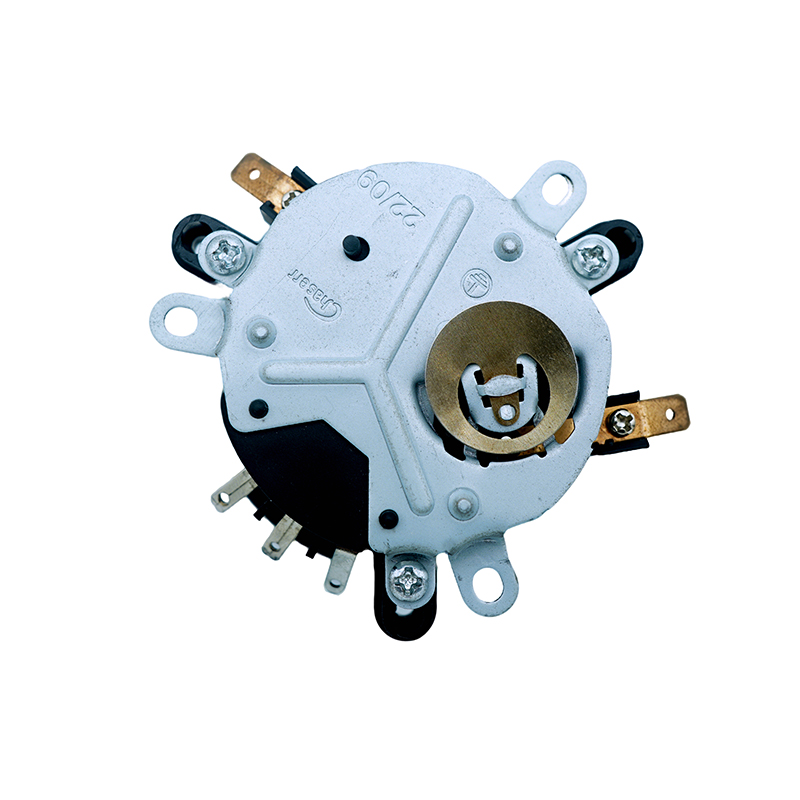
Enhancing Safety and Performance Through Design Integration
The collaboration between the Electric Kettle Heating Element and the Automatic Water Kettle Base reflects a well-engineered balance of power, safety, and user convenience. The heating element must deliver consistent performance without overheating or causing safety issues, and the base ensures that power is supplied only under the correct conditions. Many kettles also incorporate thermal cut-offs or thermostats to work alongside these components, shutting off the power once the water reaches a predetermined temperature. This layered safety approach helps prevent dry boiling and prolongs the life of the kettle. Furthermore, the design and positioning of the heating element can influence how evenly water is heated, which affects both energy efficiency and boiling time. Manufacturers are continually refining these elements to make kettles more responsive, quieter, and even more energy-efficient, all while maintaining the safety protocols managed by the automatic base system.
Conclusion: Reliable Heating from a Trusted System
In conclusion, the Electric Kettle Heating Element is a critical component that defines the speed, efficiency, and reliability of electric kettles. Though it may not be visible to users, it plays an essential role every time hot water is needed. Paired with the Automatic Water Kettle Base, this system offers a seamless and safe boiling experience that modern users have come to rely on. While new features and technologies continue to be integrated into kettle design, the fundamental importance of a heating element and a secure, functional base remains unchanged. These components ensure that electric kettles stay at the forefront of convenient kitchen appliances, trusted to deliver quick and safe hot water at any time.

 English
English  中文简体
中文简体  Español
Español 
